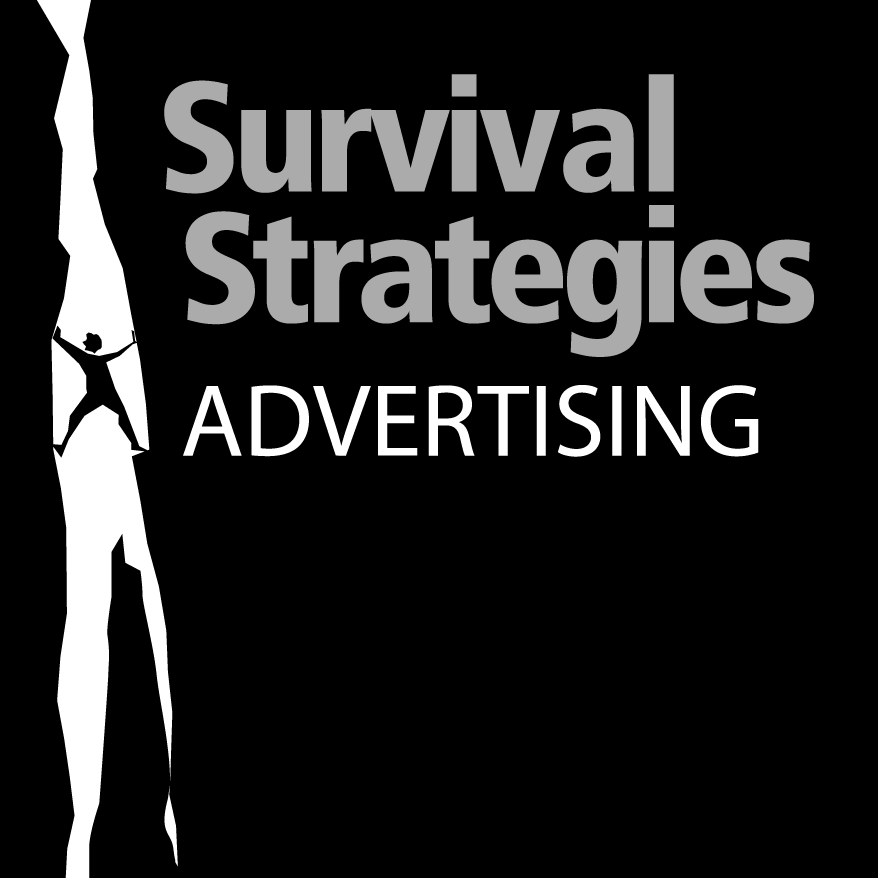Just as there are many different forms of advertising — digital, magazine, television — there’s an equally diverse range of methods for calculating ROI on those initiatives.
How do you calculate ROI?
All investments have a return. Some are positive, some are negative.
Sometimes, there is no return (evens out). To understand advertising as an investment, you have to understanding five points.
What is your purpose?
If you do things just to do them, you will not understand your purpose. Frankly, it is highly doubtful that anyone does things “just to do them.” George Mallory the English mountaineer was asked, “Why do you want to climb Mount Everest?” His famous reply was, “Because it is there.” People may debate if he really said this or not, but regardless, it is often quoted by people as why they do things.
Nonsense! He climbed the mountain to prove something to himself and, perhaps, the world.
People are complex and don’t do things just to do them. If you are after ROI in advertising, you must first formulate your purpose for advertising! That formulation becomes the basis for measuring your ROI (i.e., Toyota didn’t advertise “just to advertise,” but to help assure their quality culture).
Who is the Audience?
Sending a solicitation for your charity to people out of work would not deliver a positive ROI. Likewise, “winking in the dark” is equivalent to missing your target audience. The science of advertising including media buying is figuring out the demographics and psychographics of your target audience. No one “talks to the world,” even on the social media networks. It may look like they are, but by the nature of their posted content, it selects from a universe unto itself. Advertising, by definition, pre-selects its audience and then shapes the message to that audience. Thus, identify your audience BEFORE advertising. Then figure out what ABOUT your audience you need to know for your messaging.
What is the benefit or offer?
In advertising, there’s an inherent “promise” embedded in the messages. When you purchase a security light for your home, for example, it has features like an adjustable range. But, the real “benefit” is that it provides you with “security.” Knowing your benefit and communicating it to your target assures a positive ROI.
Does your brand have a personality?
A business – any business – is an entity. Like other entities called human beings, a business develops a personality. The “brand” of the business is often the business or the products/services of the business. These “brands” are what people relate to – just like relating to other human beings. This is why everything you do is advertising, because everything you do helps – or hinders – your brand image. Advertising is one of the ways you create and preserve the personality of a brand. Usually, that means one theme, one message, one way of “looking.”
Finally, what is the media that will deliver our message at the lowest cost?
This is perhaps the most difficult question. For example, in a meeting on Twitter, participants collectively agreed that advertising never works. Often advertising is misunderstood and not used at all. And yet, the referral IS advertising of the highest order: testimonial advertising. In both cases, understanding the “costs” associated with advertising or NOT advertising is equally important. Remember, NOT advertising costs you as well!
